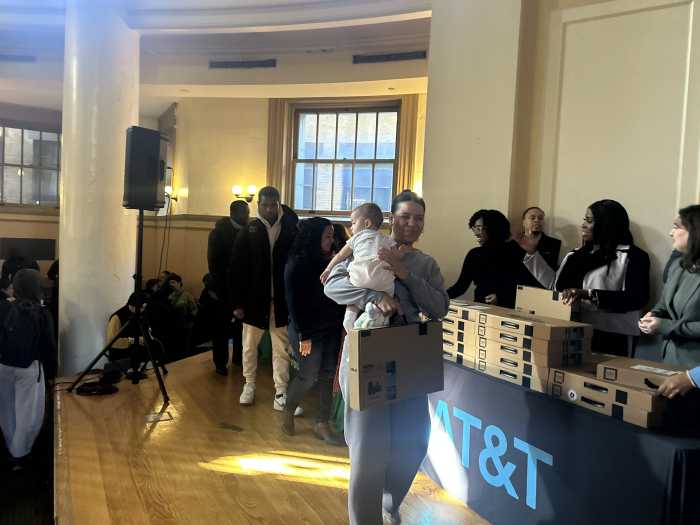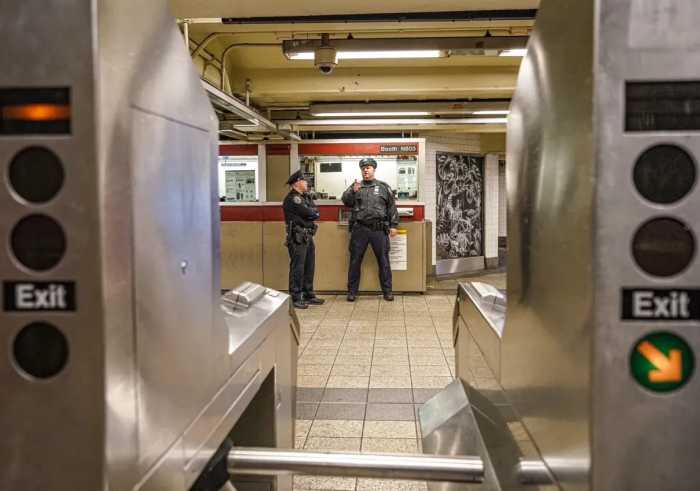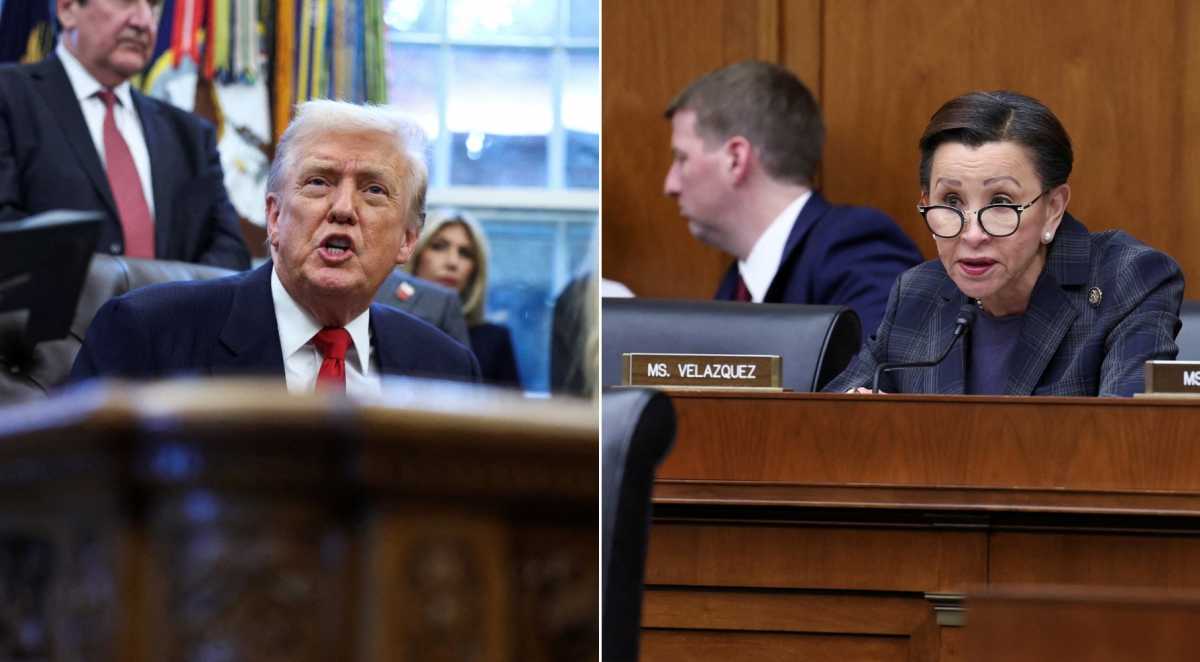SUNY Downstate is a vital Brooklyn institution – it’s an essential engine to training the next generation of diverse, world-class medical professionals and scientists for New York State, delivering quality health care services for New Yorkers, and addressing health disparities in Central Brooklyn.
However, at this point last year, SUNY Downstate’s hospital was running a $100 million annual deficit and was at risk of being unable to operate without additional funding, while contending with a hospital facility in disrepair and vulnerable to major crises.
Following decades of disinvestment, Governor Hochul and the Legislature struck an unprecedented agreement during budget negotiations earlier this year to help stabilize Downstate by providing $300 million in historic capital funding and allocating $100 million to temporarily cover the deficit while a long-term solution for a stronger Downstate could be developed.
Further, to chart that new, long-term path forward, negotiations also established a new Community Advisory Board tasked with generating recommendations that represent a reasonable, scalable and fiscally responsible plan for the financial health, viability and sustainability of SUNY Downstate’s Hospital, and outlining up to $750 million of capital spending to meet that goal.
Last month, Governor Hochul announced appointees to the SUNY Downstate Community Advisory Board. SUNY is deeply committed to a strong future for Downstate, and I’m proud to serve on the Advisory Board alongside community, health, and budget leaders – this is a critical moment for the Downstate community, and the most crucial work remains ahead of us.
As the Advisory Board moves forward it will be critical to leverage the best contemporary insights about providing top quality care to carefully analyze the condition of the deteriorating building built in the 1960s, including critical systems (heating/ventilation/air conditioning, plumbing, electrical, etc.) and plan for the best strategic use of the up to $750 million in capital, while identifying the right mix of financially sustainable ambulatory and inpatient services – in the context of the services offered at other local hospitals (including Kings County right across the street) – to get the best health outcomes for the community.
The healthcare needs of Brooklyn residents should be our North Star. Our goal should be the best health outcomes for the community, consistent with the parameters outlined in the law, and recommendations that reflect community priorities, services offered in the region, and continuation of the training of our diverse healthcare workforce that tends to stay and serve Brooklyn.
In my visits to Downstate, I have been moved by the dedication of the faculty and staff, gratified by the promise of the students, and dismayed by the challenges to the physical plant. The missions of Downstate –from educating diverse and devoted doctors and medical professionals to treating the ill and wounded– are so important that failing to map and follow a path to a stable and successful future is not an option.
I’ve been gratified to get to know passionate professors, such as one clinician and assistant professor of pediatrics, who graduated from our Hispanic Leadership Institute last year. A superb doctor, she’s also an extraordinary mentor and teacher to future health professionals, and a growing leader for the Downstate community.
Students choose Downstate precisely because they want to serve a mix of patients that includes those who are economically vulnerable patients, bilingual patients, and patients impacted by urban pollution, violent crime, and mental health stressors. One student I met immigrated to the United States from Ghana, coming to New York in 2018 with her parents and four siblings. An Educational Opportunity Program student at Binghamton, she always knew she wanted to be a health professional, and jumped at the chance to be part of Downstate’s pre-med EOP program.
Downstate is not just an institution, it is a community of leaders and we must ensure a path forward that enables leaders like these to continue to flourish.
After years of financial instability, I look forward to working with the other members of the Advisory Board over the coming months to listen to the community and our stakeholders to create a plan for a stronger Downstate that meets the Advisory Board’s statutory charge. New York’s healthcare workforce and Central Brooklyn’s health outcomes depend on it.


























